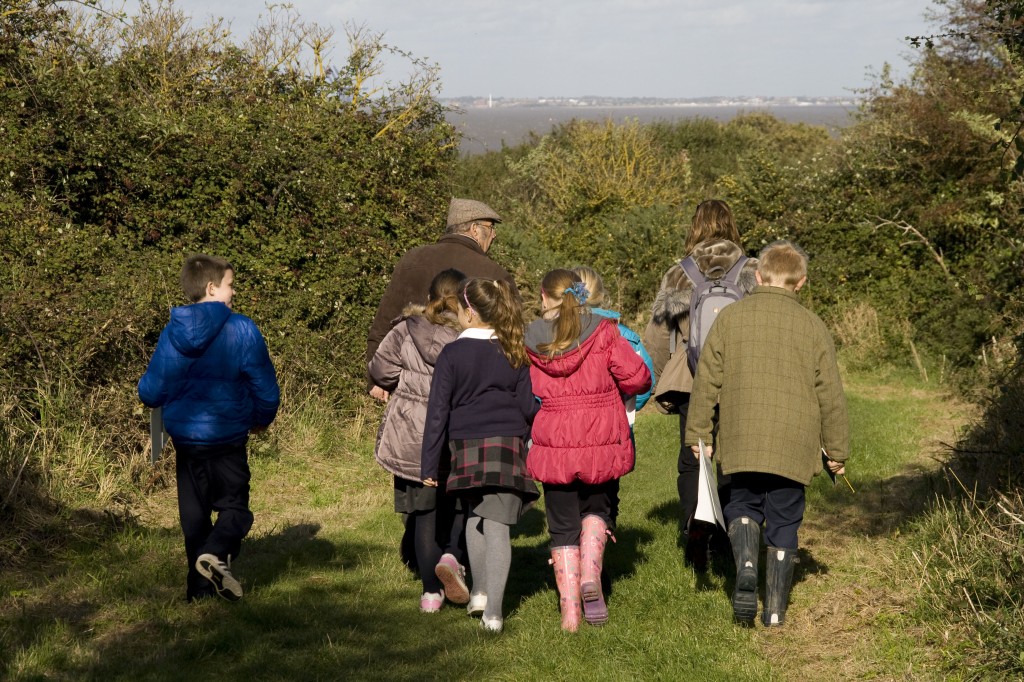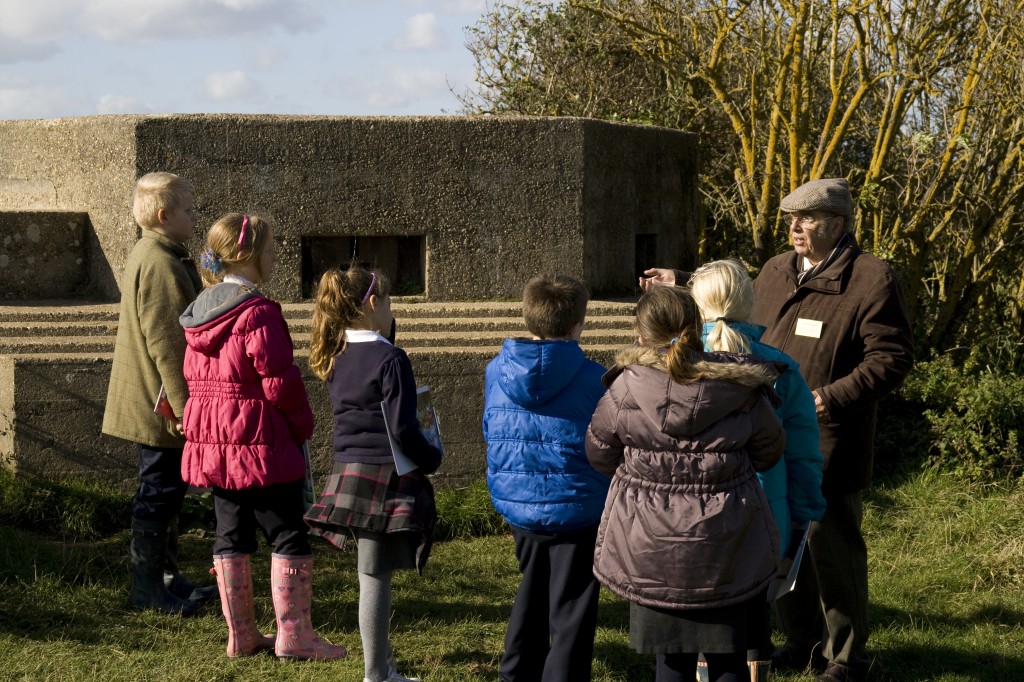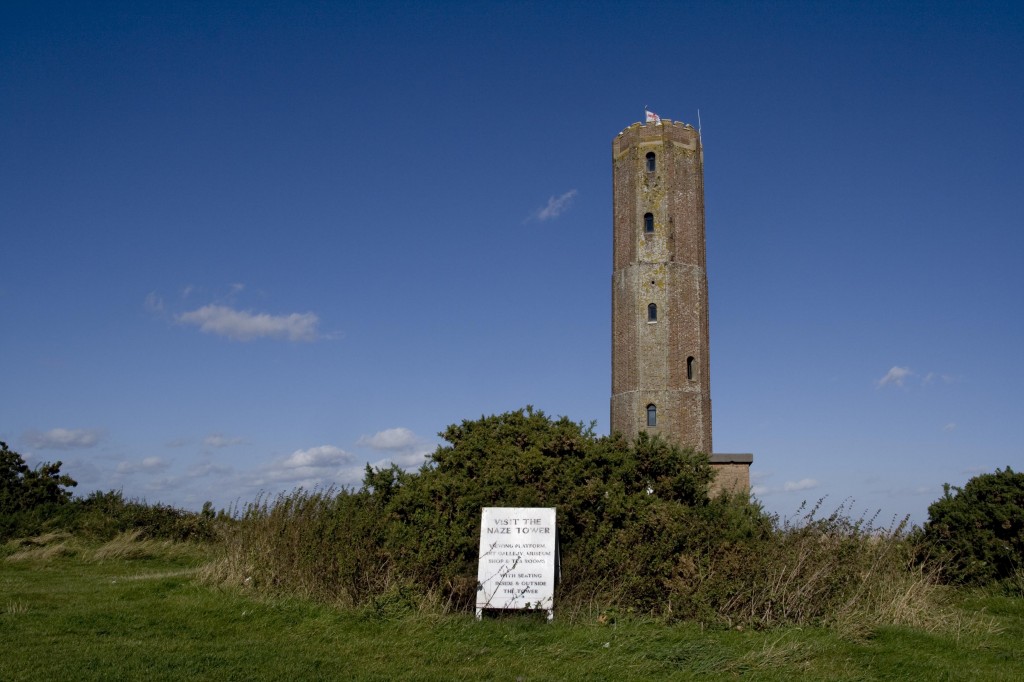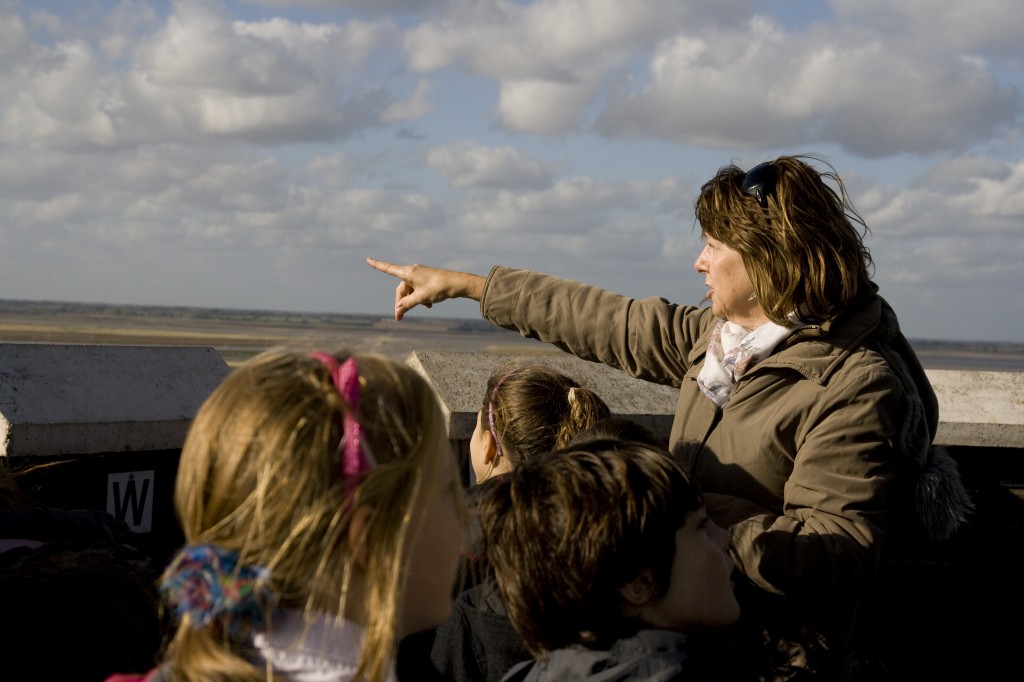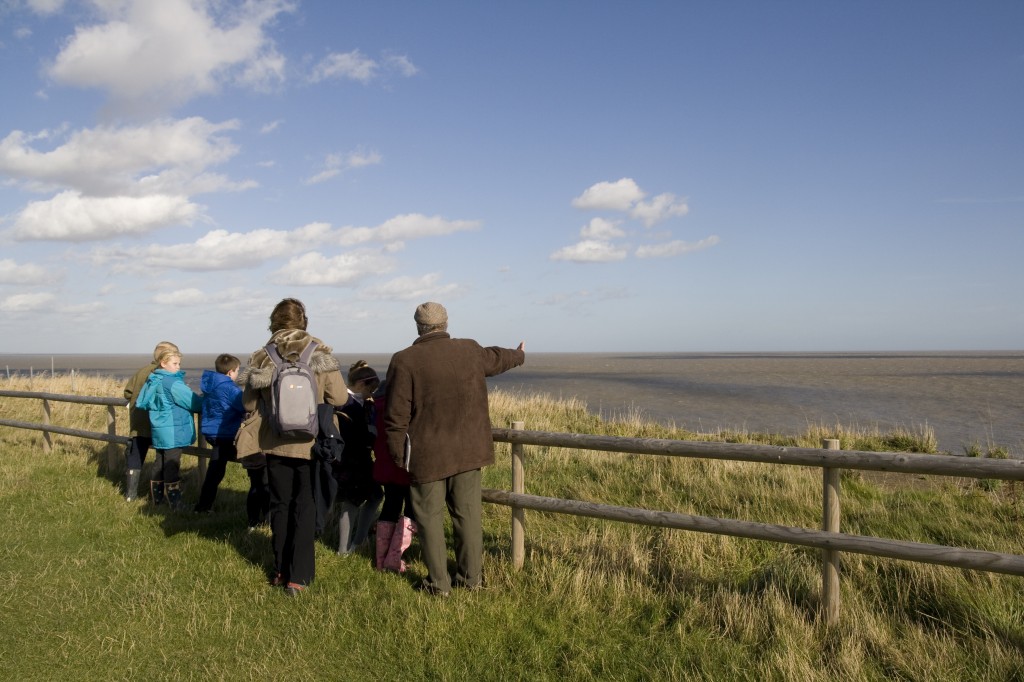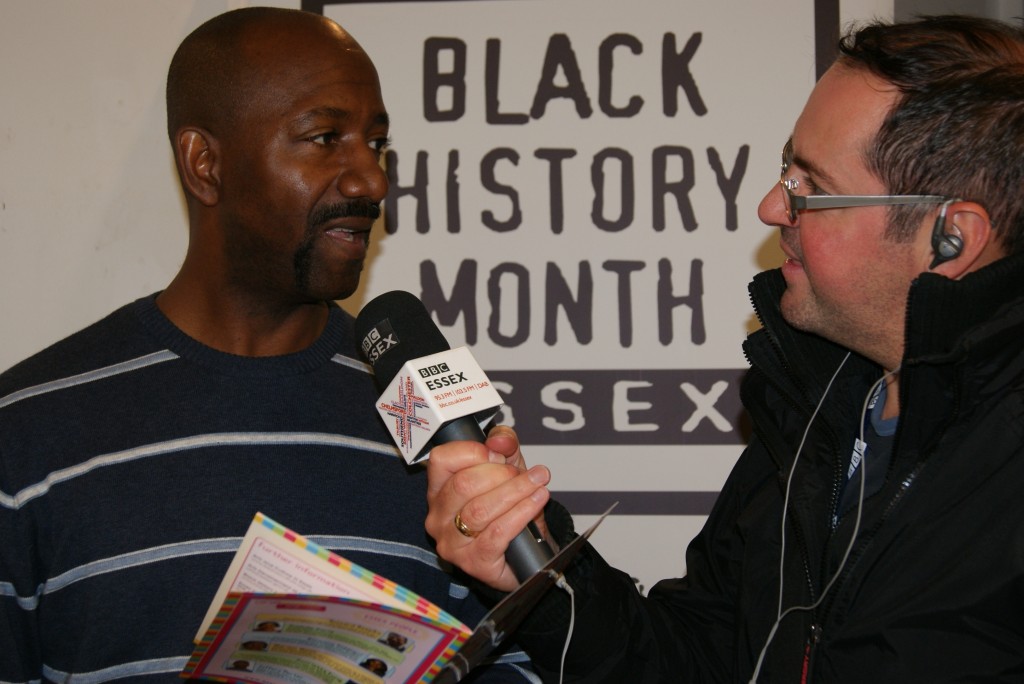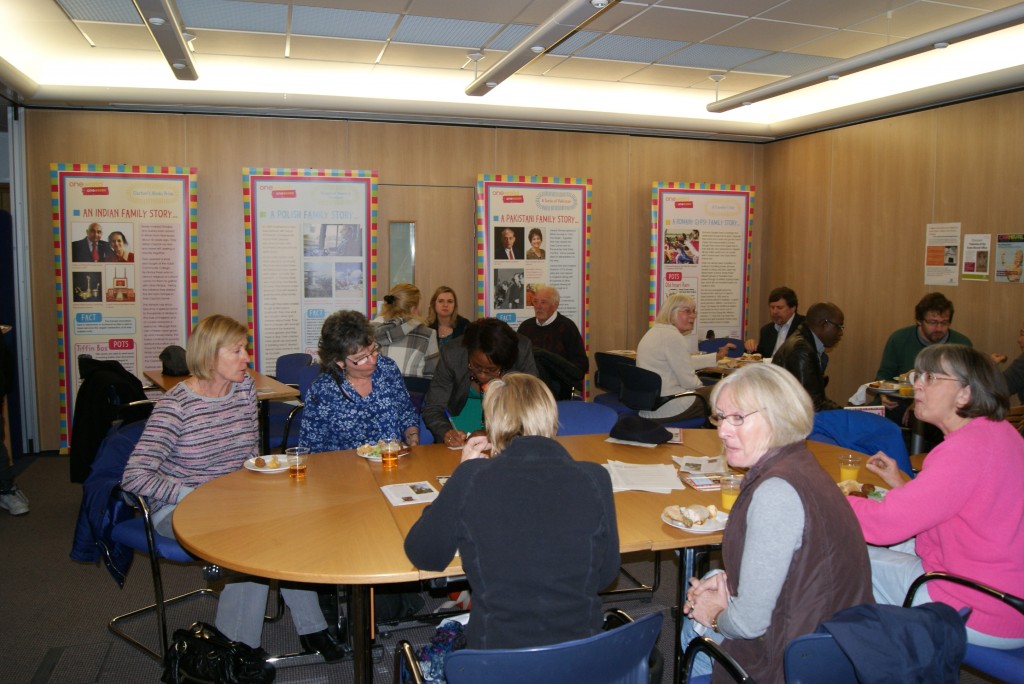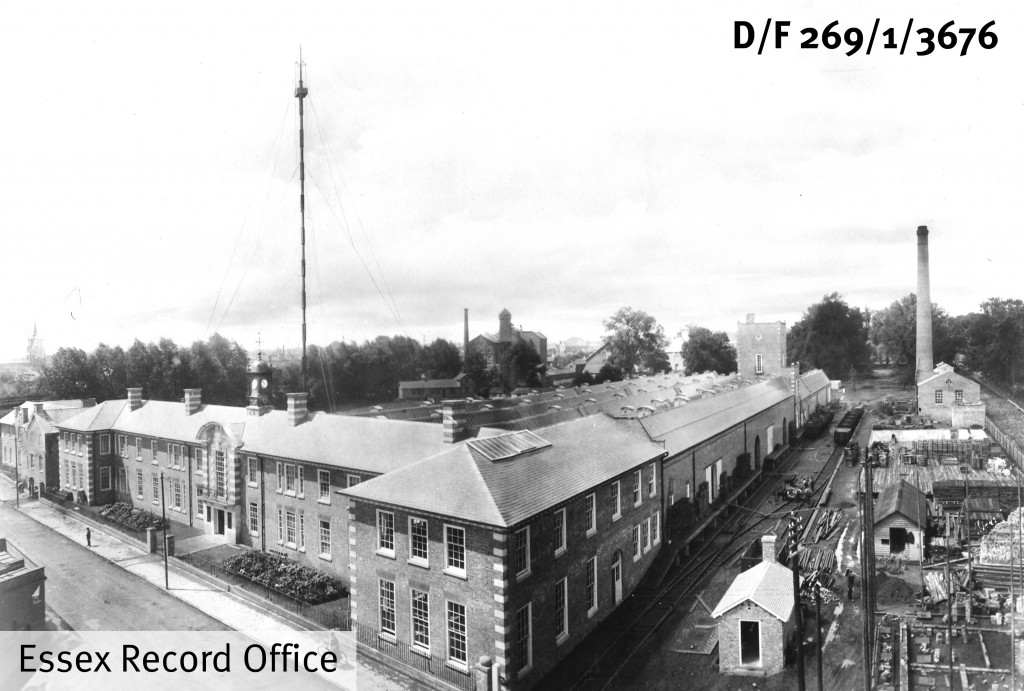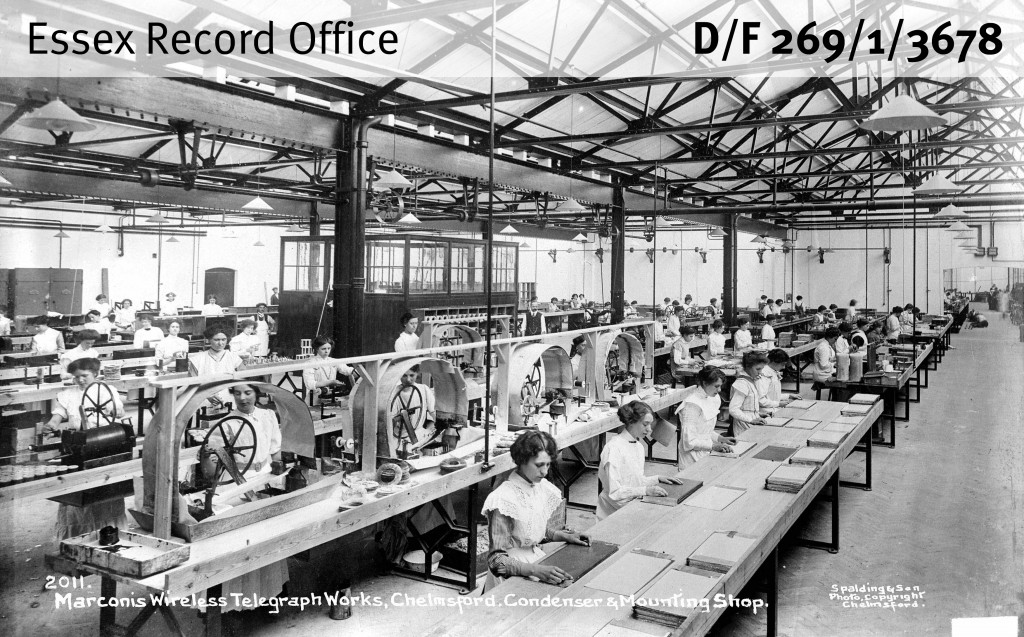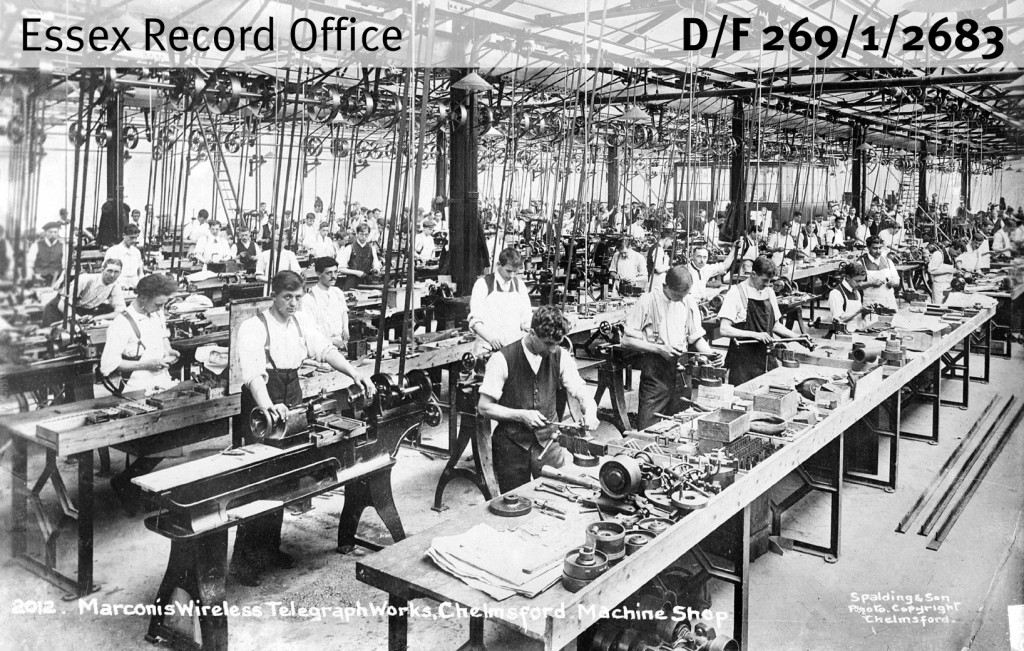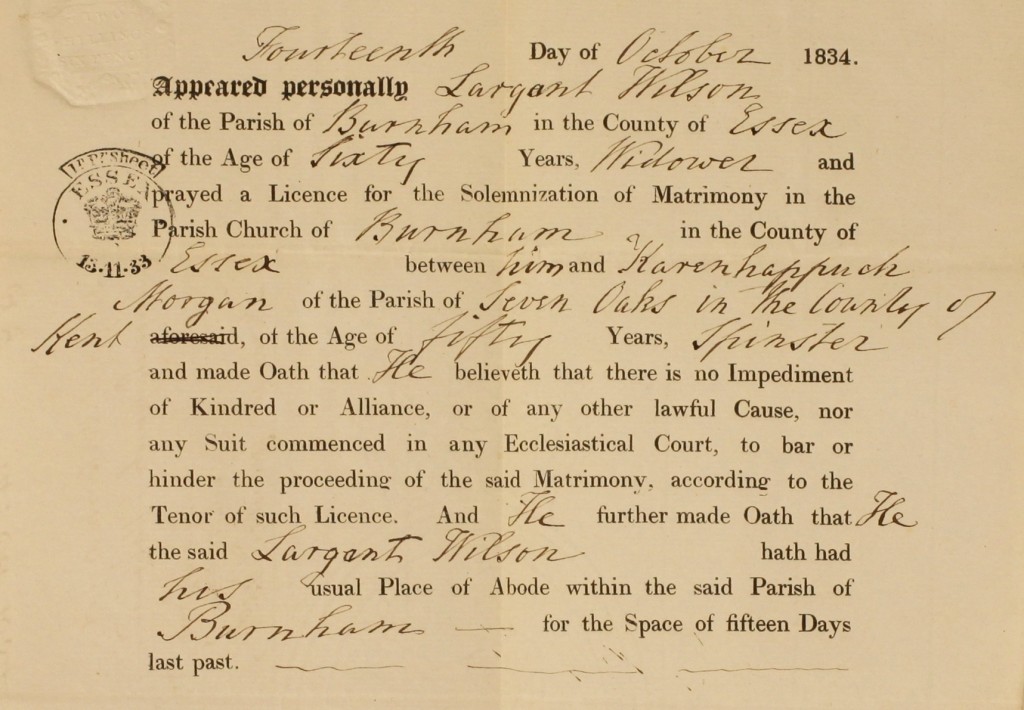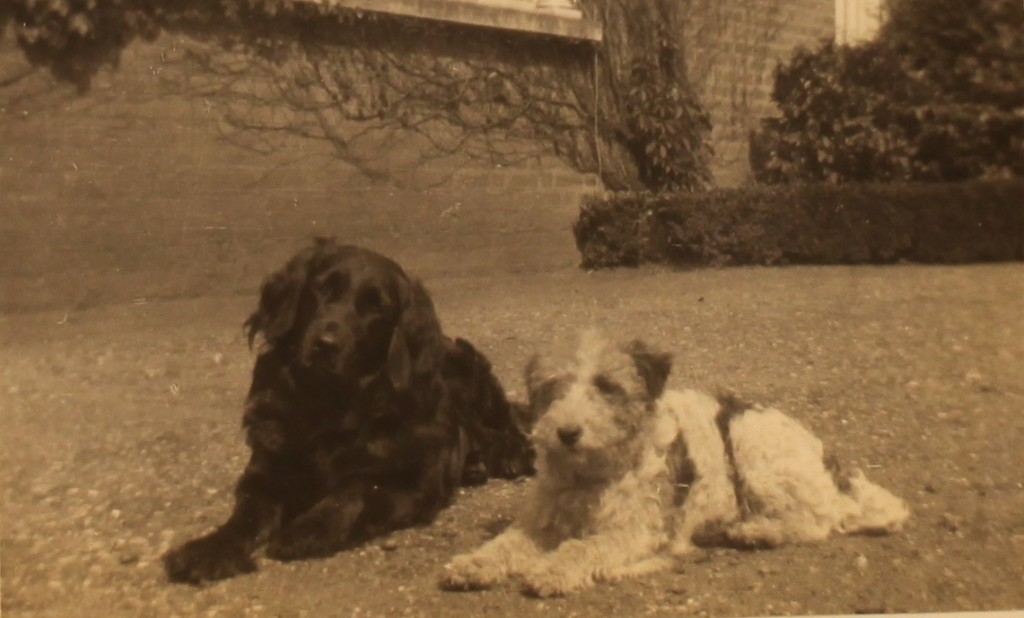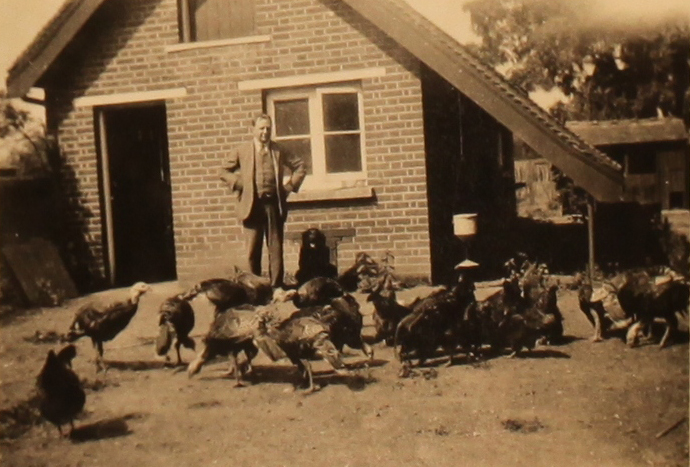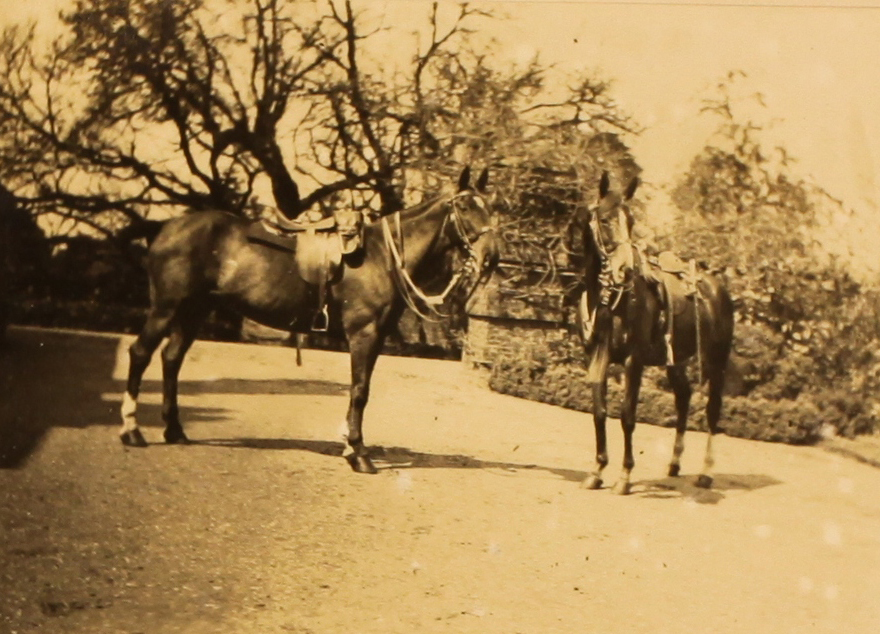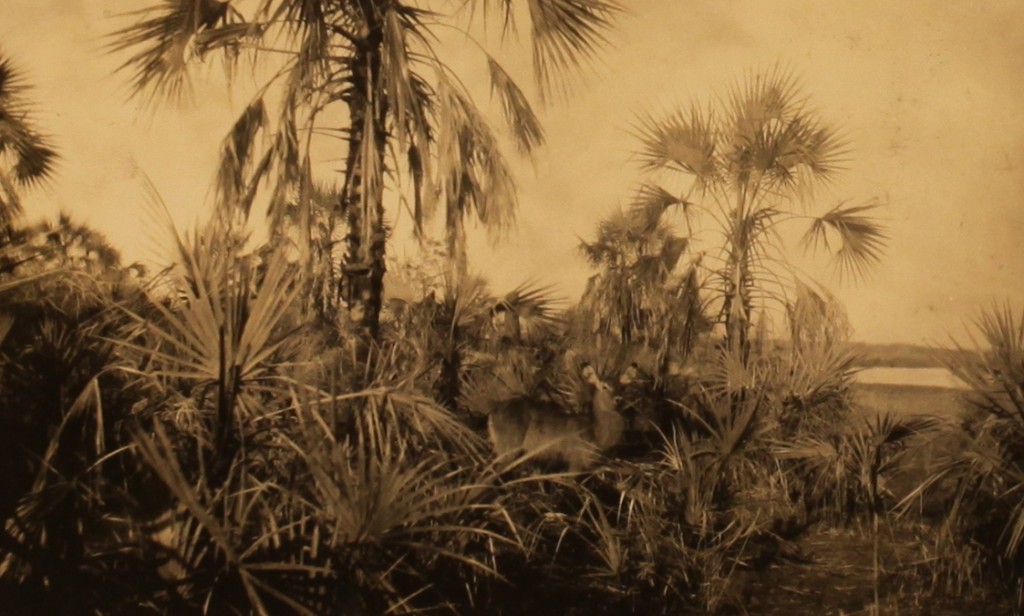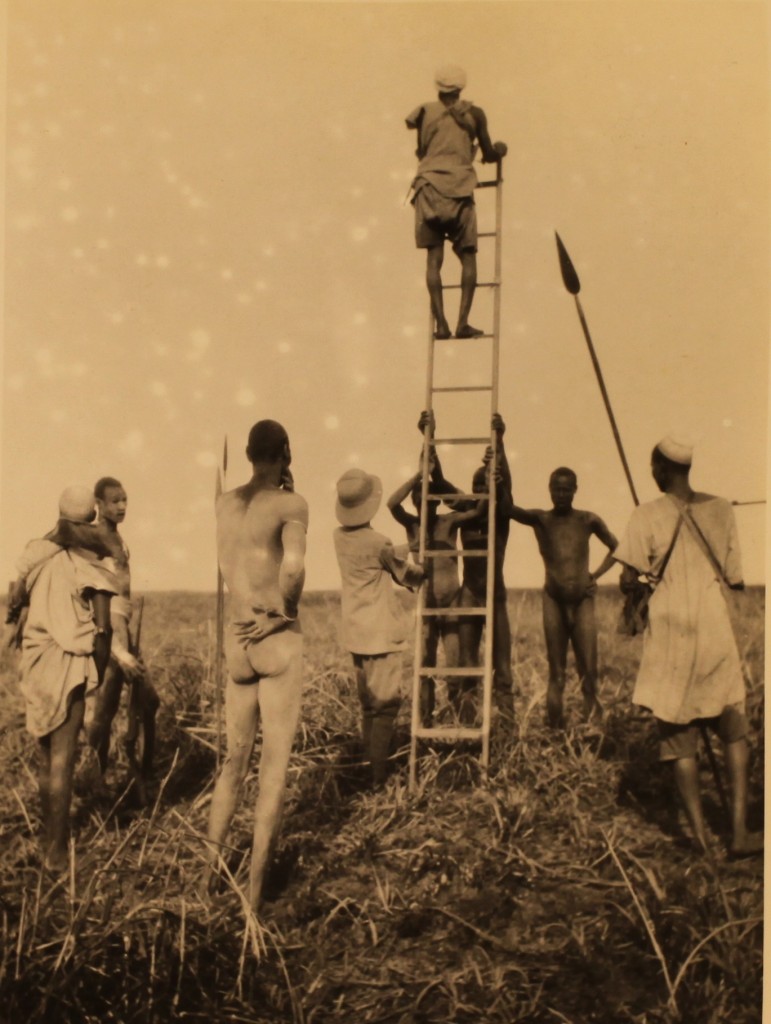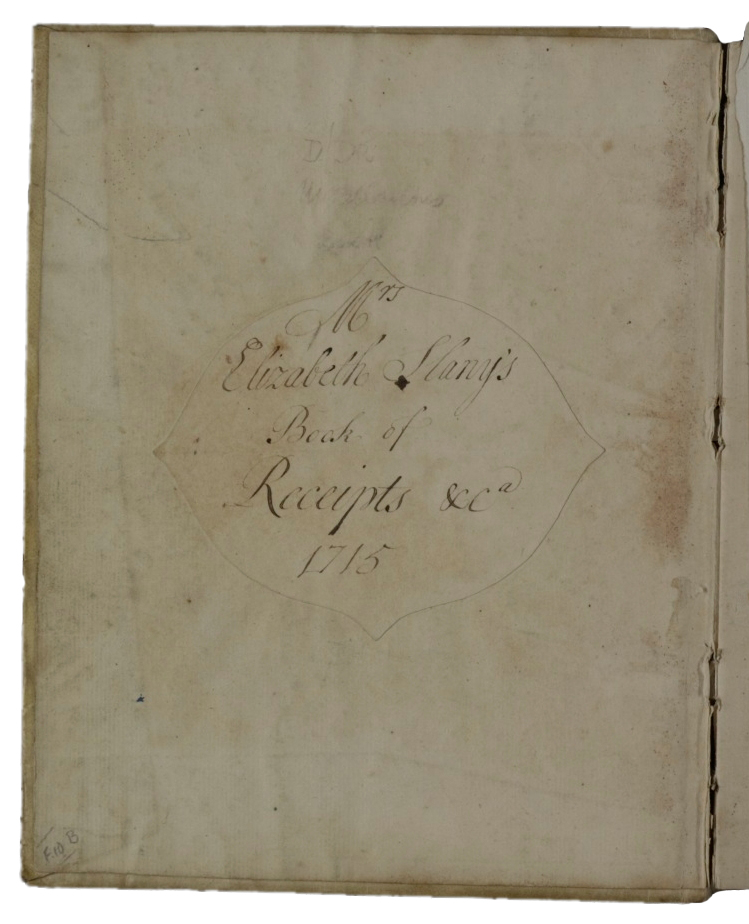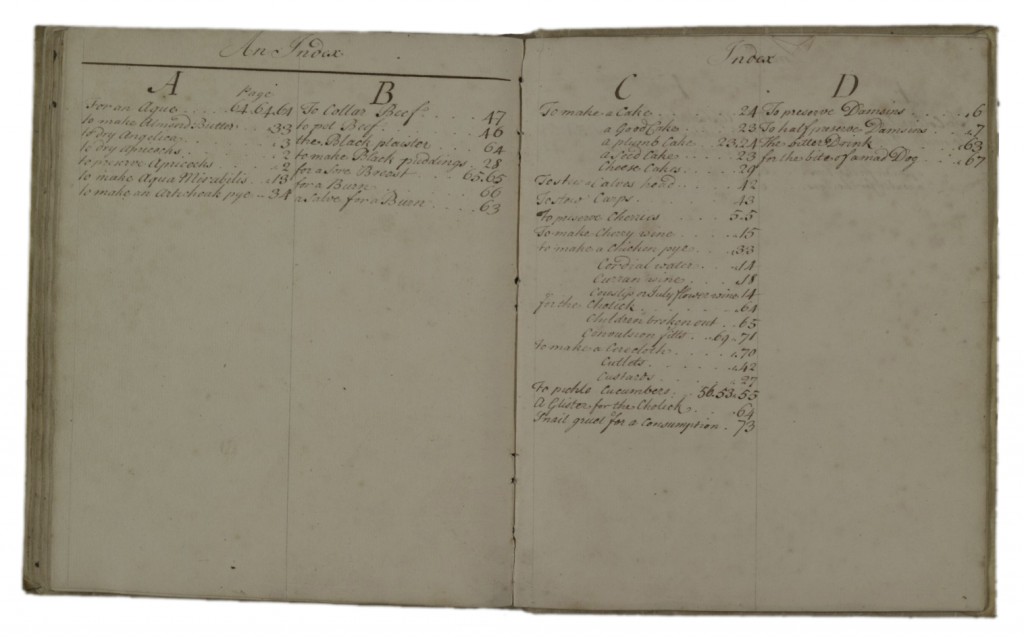ERO staff are frequently to be found not just in our building in Chelmsford, but all over the county. Our education officer Sarah Girling has been working with school children around Walton-on-the-Naze to find out about how this vulnerable bit of coastline was defended in the Second World War…
173 pupils from three Essex schools have been learning about their local World War Two history on the Naze at Walton this October.
Frinton Primary, Walton-on-the-Naze Primary and Hamford Primary Academy School were involved in four days of visits to the militarised area of the Naze during World War Two, looking at surviving pillboxes and the area used for secret guided missile testing.
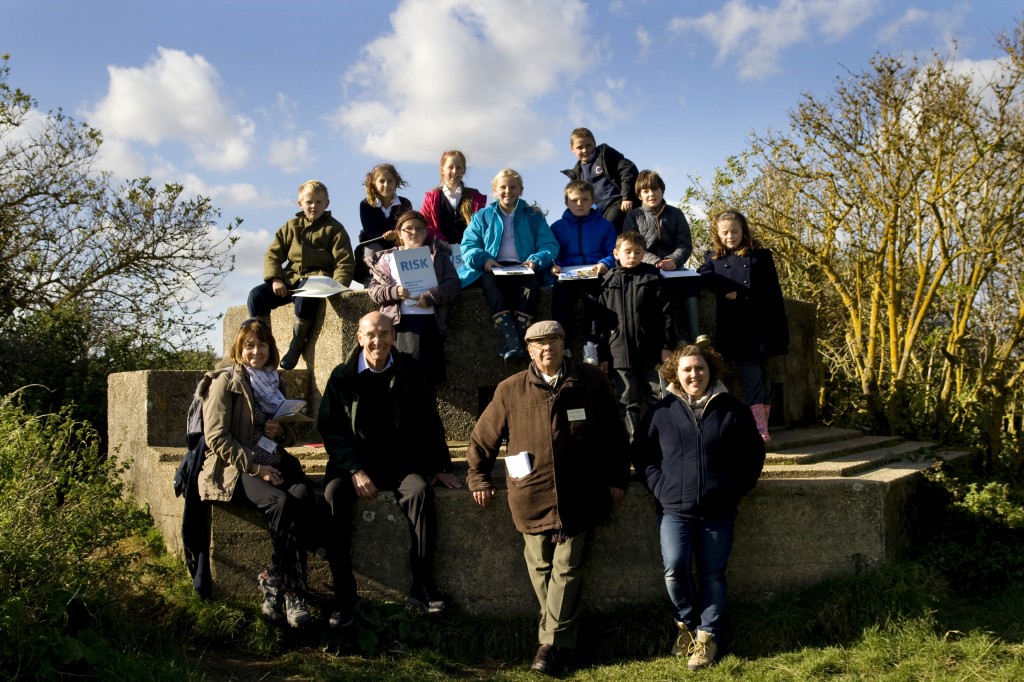
Year 5s from Walton-on-the-Naze Primary School with teacher Liz Wilson, local historians Fred Nash and Roger Kennell, and ERO education officer Sarah Girling
They also climbed the Naze Tower, listening to a talk given by Michelle Nye-Browne, the manager of the 300 year old Grade II* listed building, which was used as a radar tower.
As part of the European-funded World War Two Heritage project, pupils learned about the defences that were built during the Second World War and how they would have been used if German invasion forces had landed on the Essex coast.
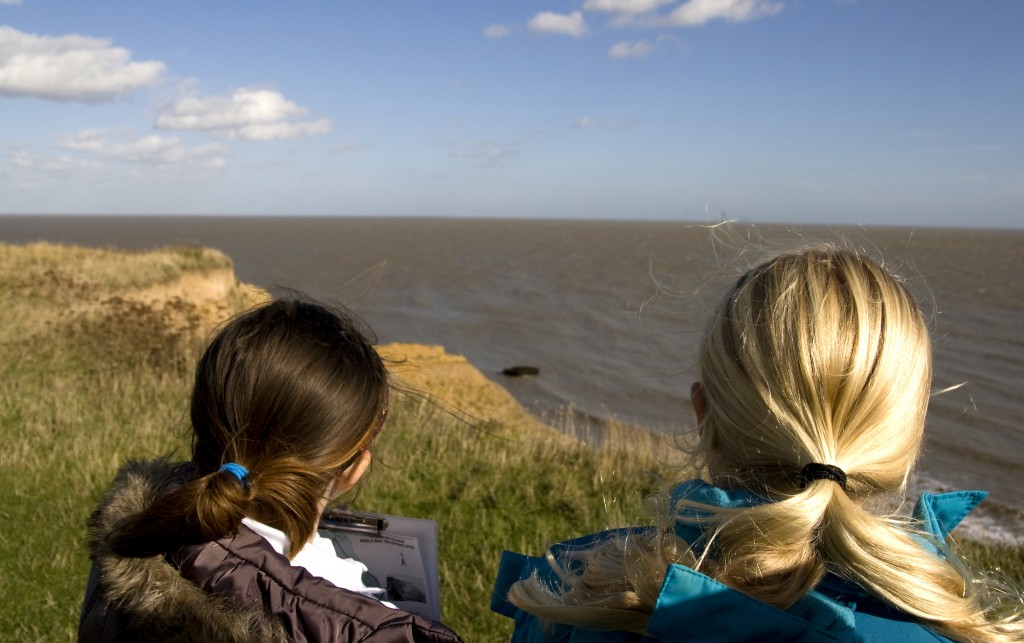
Looking at a pillbox which has fallen into the sea. The coast at Walton has been eroded at a rate of 2 metres a year, and some of the WW2 defences have fallen off the cliff edge
Led by enthusiastic historians, Roger Kennell and Fred Nash, the children were inspired by the stories including an eccentric Brigadier, who when faced with a missile that was heading back to its launch site on the Naze, calmly raised a ‘colourful golf umbrella’ as the bits of broken metalwork fell to the ground.
The pupils had obviously learned something of the Second World War back at school but the visit was a chance for pupils to really understand how national and international events impacted their local community. The Naze itself was inhabited by the army and the RAF, making it their home for the duration of the war.
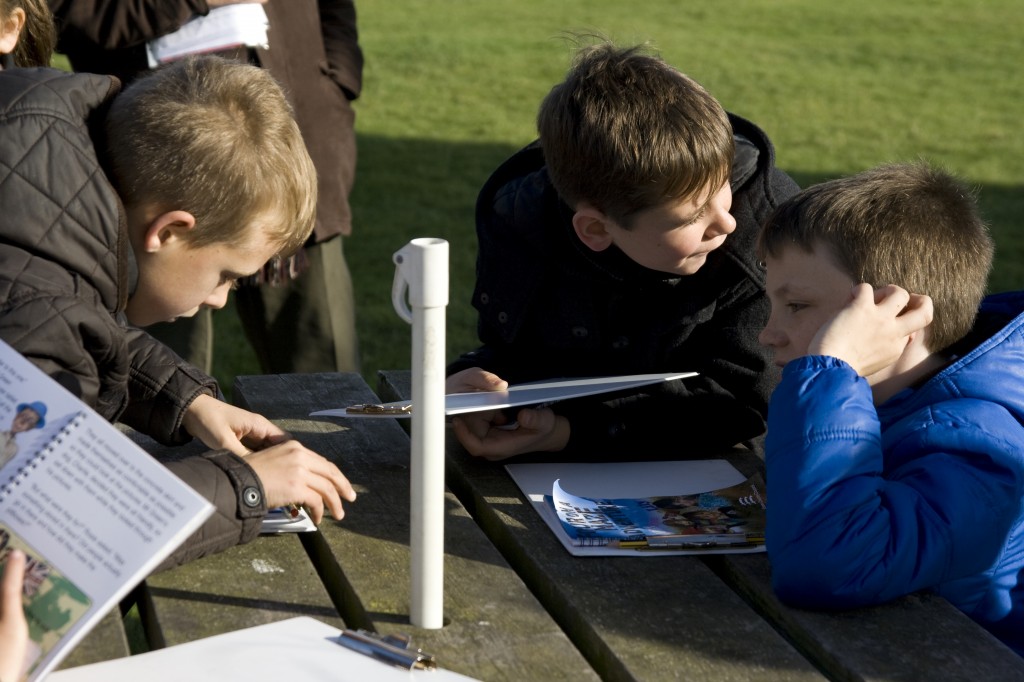
Pupils using the specially designed Four on a Naze Adventure workbooks to find out about the WW2 coastal defences at the Naze
The project will be continuing and will include a visit to the Essex Record Office for pupils to investigate local records that reveal what life was like for ordinary people living in Walton during the war, interviewing locals to find out about their memories, and holding a 1940s tea party at each school to celebrate the end of the project.
To find out more about the educational work of the ERO, visit our services for schools webpage.
This project is part of the EU Interreg-funded World War Two Heritage project taking place on both sides of the Channel.

